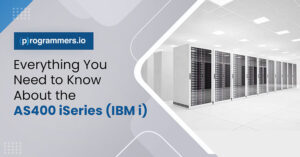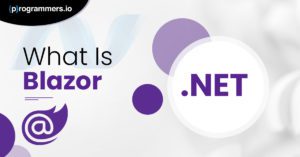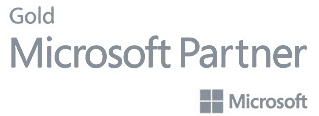Identifying the Need for Software Integration Solutions
Digital transformation is necessary for any business looking to stay competitive or relevant in the globalized world of today. While organizations were initially resistant to the idea of a rapid digital transformation, they are slowly and gradually coming on board the digital train as they realize the benefits that the process has to offer.
Most organizations today feature a number of disparate applications and systems. These disparate systems need to be merged or integrated to initiate progress toward the digital transformation.
The key to implementing and finishing a system integration process is the identification of when a software integration solution is required. Organizations that identify the need for a software integration solution at the right time are able to efficiently close the integration process without significant downtimes.
In this article, we help you identify situations that require software integration solutions to succeed. The slightest of delays in implementing an integration solution can cost you both, time and money.
What Is Software Integration?
Software integration is known as the process of merging two or more different software systems. These software integrations are either bi-directional or mono-directional, so that the flow between the systems is continuous and their functionality remains intact.
As per white papers released by CIO, the software integration process is the aggregation or compilation of different sub-systems with diverse processes and requirements to come together and form a multi-functional system that is coherent and easy to understand. This process involves conjoining the software applications involved within these systems to act as a single software solution.
What Are Some Software Integration Tools?
There are a number of software integration tools available in the market today. However, some of the most robust and recommended tools for the process are mentioned below:
- Dell Boomi
- APIGEE
- IBM Enterprise BUS
- MuleSoft Anypoint Platform
- Jitterbit
- FUSE ESB
- WSO2
No software integration tool is perfect for your business, which is why you’ll have to carry out independent research and determine the best tool for the job separately.
Why Do You Need Software Integration?
The need for a software integration solution can come up at any given time. The key requirements for a software integration solution are felt when:
Merging Different Systems
Organizations merge different systems at different junctions when they have to exhibit a specific function or meet a business need. The integration of various disparate systems can signal the need for software integration solutions.
Integrating New-Age Applications Age-Old Legacy Systems
The digital transformation is well underway for most organizations today. In their quest for a smooth transformation, organizations today look for solutions that modernize the legacy systems they use through multiple means. The first strategy to modernize legacy systems is to perform a total transformation of the systems. This update takes time and can change the basic structure of the systems and how they work.
The second strategy works by integrating legacy software applications and systems with modern solutions to create the best fit. If a total migration or transformation is what you want to achieve here, then the software integration tools at your disposal will ensure a smooth migration.
The hard case of integration comes for legacy airline systems. Legacy airline systems cannot go through the risk of a total digital transformation, since the risk factor is extremely high and damages can lead to a new predicament. In such cases, airlines opt for a software integration process, which merges legacy systems with new technology.
Incorporating Multi-Functionality
With the passage of time, businesses feel the need to add functions to their already approved processes. This need for additional functionality in software processes and applications can lead to the need of software integration solutions. To help you understand this, we will take up the example of automation in HR processes.
Let’s imagine an organization with an HR management and operations system built on ServiceNow. The same organization has a biometric attendance system for employee attendance, which is developed on Java. The modules for HR operations and payroll generation will depend on the employee attendance data from Java systems. So, organizations looking for a complete digital overhaul must integrate both systems through an integration solution.
Cases Where Software Integration Can Be Useful
Following are some of the cases where organizations might need software integration solutions:
- A conundrum where multiple data entries are required to be entered into multiple systems
- A situation where your resources and manpower are being exhausted or wasted when maintaining and compiling data from different sources
- A situation where the presence of multiple systems, and the human interaction required for managing them, leads to frequent mistakes
- When data from one source does not flow in a timely manner to another
- When you want data from one source to be easily available to another
- When you have a complex business domain like banking, insurance, finance, travel, retail and telecom etc. Complex domains have a higher chance of integration
- When your systems are slow and lead to downtime in key processes
- When you have applications from different vendors and want to monitor them in one place rather than through different applications
- When customers want to interact with your system, and you have to integrate their API with your system
Companies are almost always on the lookout to add efficiency to their processes and to streamline any glaring errors. Software integration can be tough for various organizations, depending on the type of technologies they use. To this end, a software integration solution can aid in the digital process and ensure that the transition is smooth and free of errors.
How can we help you?
We have hundreds of highly-qualified, experienced experts working in 70+ technologies.








